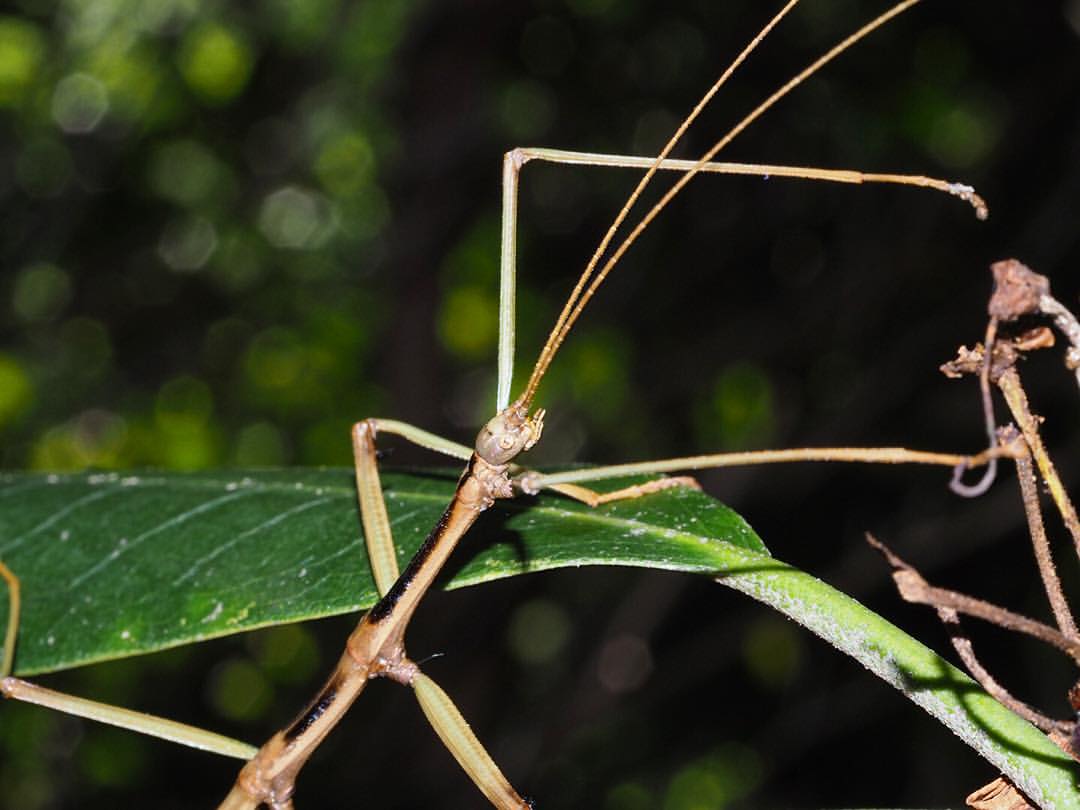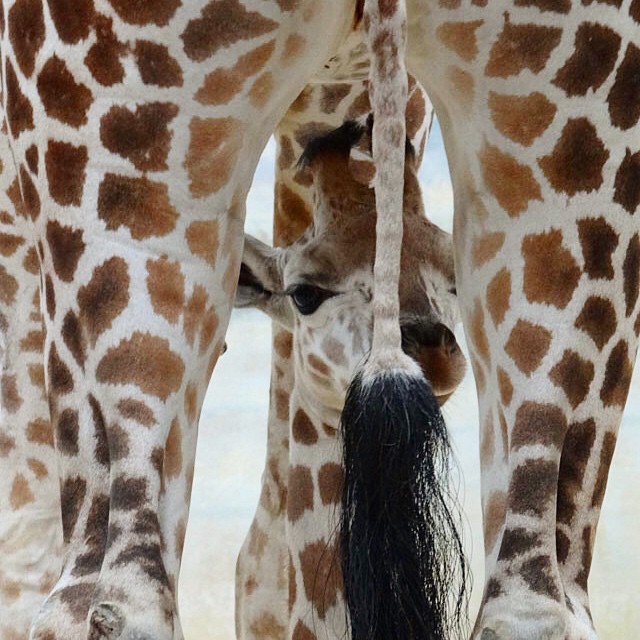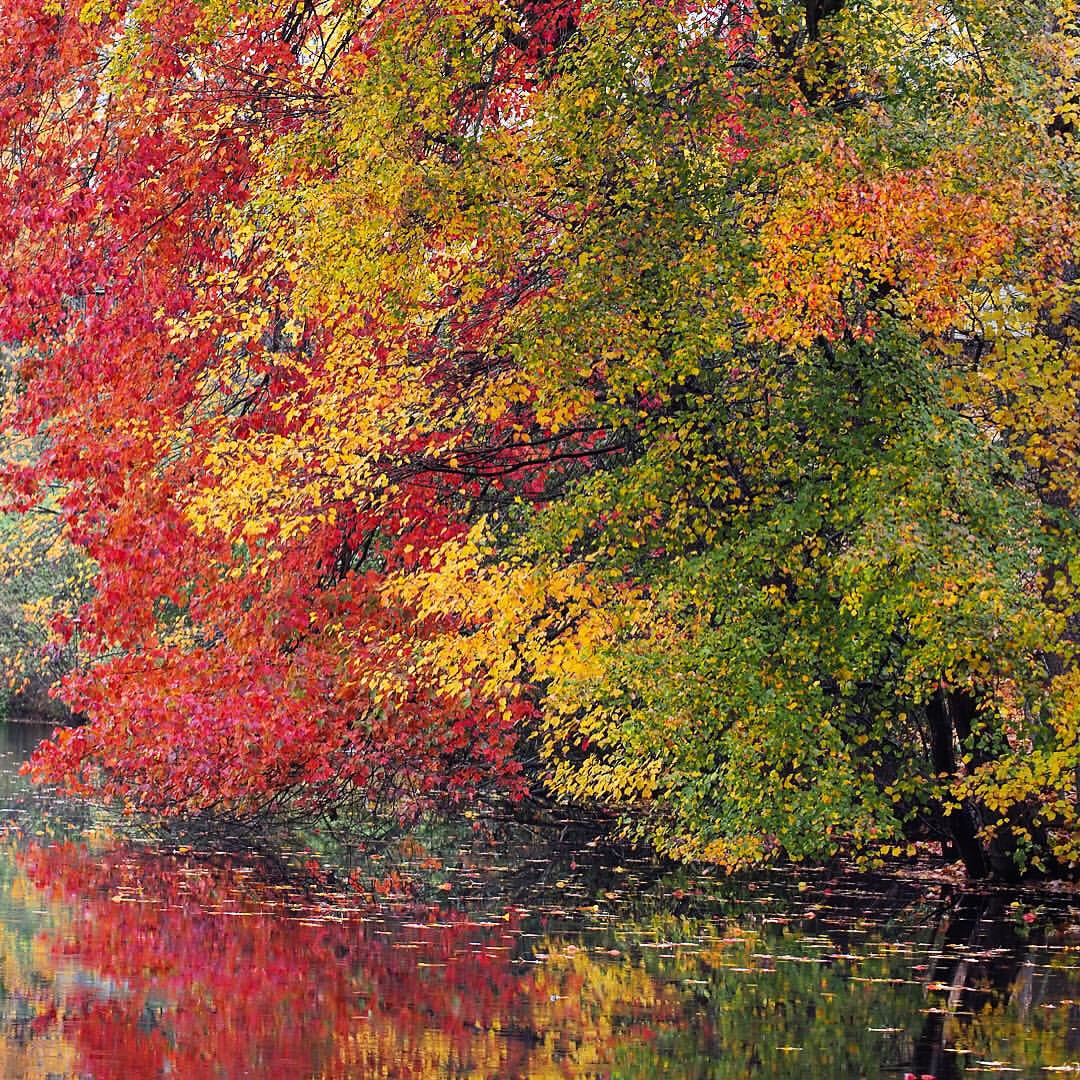Butterfly Gardening. The North Carolina Arboretum in Asheville has 434 acres, with over 10 miles of trails winding through forests. I especially enjoy the 65 acres cultivated as assorted gardens, including the delightful quilt garden. This has been planted for over 20 years based on the quilting pattern known as tessellation, where simple shapes form more complex patterns. Drawing on a long history of quilting in the Blue Ridge Mountains surrounding Asheville, flowers have replaced fabrics in artistic expression.
There is a quilt theme chosen every year, planting in spring, summer and fall so different plants sustain the pattern through the growing season. Selected plants must have colorful and long-lived flowers, but the early flowers face late frosts, while the summer display must overcome wilting heat, ending with fall flowers that will eventually succumb to the first frosts of autumn.
There were major renovations to the quilt garden this year, including maintenance for drainage and irrigation, along with the construction of improved walkways. This year’s theme is butterflies, part of a larger seasonal landscape focus this year on pollinators. The butterfly shaped quilt is not only esthetically pleasing, but also formed by plants that are important sources of nectar and pollen for pollinators. It is the ultimate butterfly garden, where the flowers form gorgeous butterfly shapes for the enjoyment of garden visitors, and these same flowers also provide nectar to fuel the lyrical flights of visiting butterflies.




